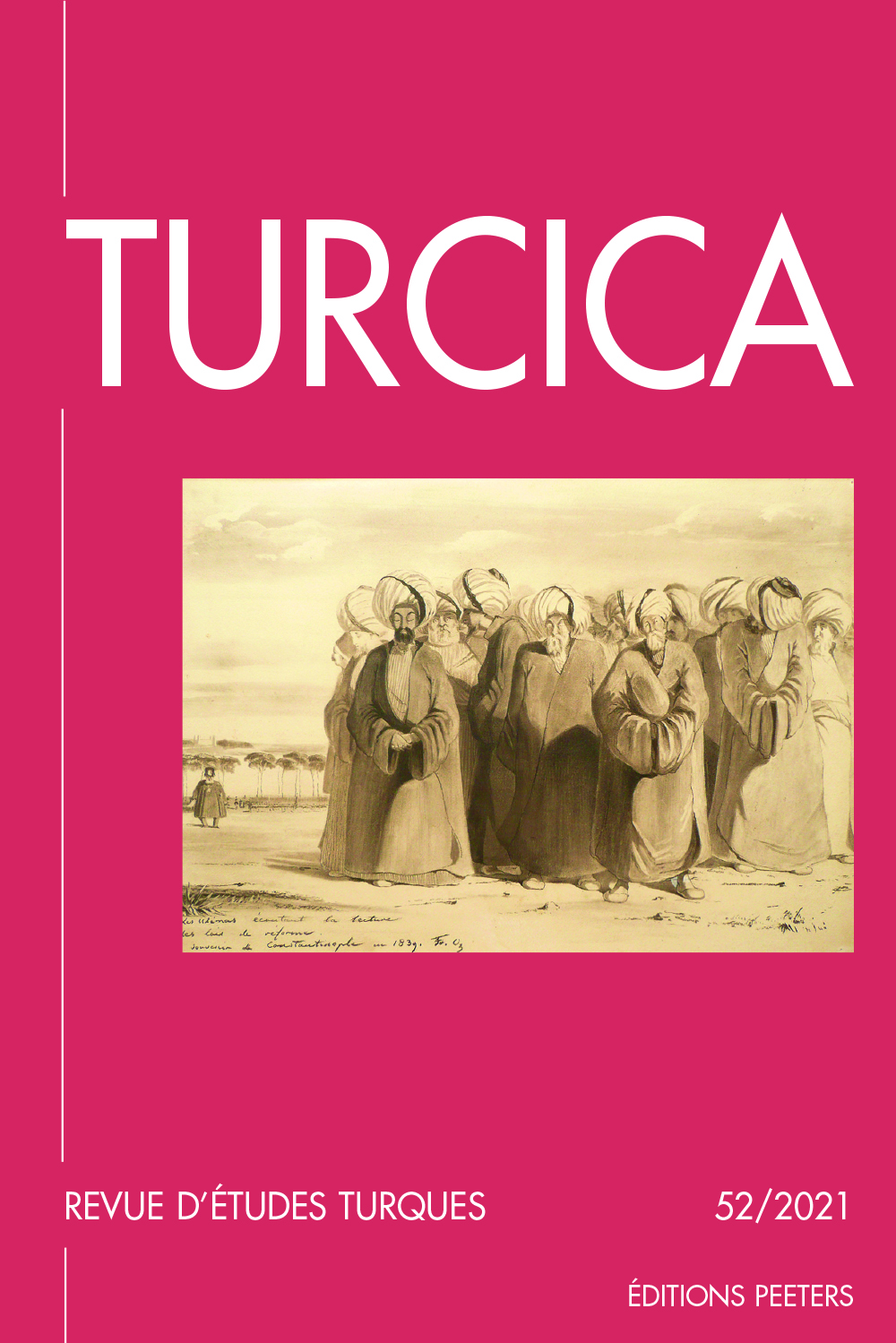 previous article in this issue previous article in this issue | next article in this issue  |

Preview first page |
Document Details : Title: The Quest for the Biblical Ancestors Subtitle: The Legitimacy and Identity of the Ottoman Dynasty in the Fifteenth-Sixteenth Centuries Author(s): OGASAWARA, Hiroyuki Journal: Turcica Volume: 48 Date: 2017 Pages: 37-63 DOI: 10.2143/TURC.48.0.3237135 Abstract : Almost all fifteenth century Ottoman historians claimed that the Ottoman dynasty stemmed from Japheth, the son of Noah. Japheth was generally regarded as the ancestor of the Turks in early Muslim historiography. During the latter part of the reign of Bayezit II, however, some sources claimed Esau, the son of Isaac, to be the Ottoman’s original ancestor. The sons of Esau were said to have been kings because Isaac prayed to God on Esau’s behalf, and Esau was also regarded as the ancestor of the kings of Rum. This account originated in the writings of Muslim historians such as Mas'ūdī, and the higher authority of Esau encouraged Ottoman historians of this period to accept him as the ancestor of the dynasty. Nevertheless, from the mid-sixteenth century onwards Ottoman historians returned to the Japheth origin, because Japheth was 'the authentic ancestor' according to Muslim historiography. This changing attitude towards the ancestors of the Ottoman dynasty might reflect the developments in the identification and legitimisation of the Ottomans. Pratiquement tous les historiens ottomans du XVe siècle faisaient remonter la dynastie ottomane à Japhet, fils de Noé. Japhet était généralement considéré comme l’ancêtre des Turcs dans l’historiographie musulmane ancienne. Dans la seconde partie du règne de Bayezid II, cependant, diverses sources firent d’Esaü fils d’Isaac l’ancêtre des Ottomans. On disait des fils d’Esaü qu’ils avaient été rois parce qu’Isaac avait présenté des prières à Dieu pour Esaü et ce dernier était considéré comme l’ancêtre des rois de Rûm. L’origine de ce récit remontait aux écrits d’historiens comme Mas'ūdī et l’autorité supérieure d’Esaü encouragea les historiens ottomans de l’époque à l’accepter comme leur ancêtre. À partir du milieu du XVIe siècle, cependant, les historiens ottomans revinrent à la théorie qui faisait remonter la dynastie à Japhet, car celui-ci était son «ancêtre authentique» selon l’historiographie musulmane. Ce changement d’attitude pourrait refléter les développements de la recherche d’identité et de légitimité des Ottomans. |
 |


